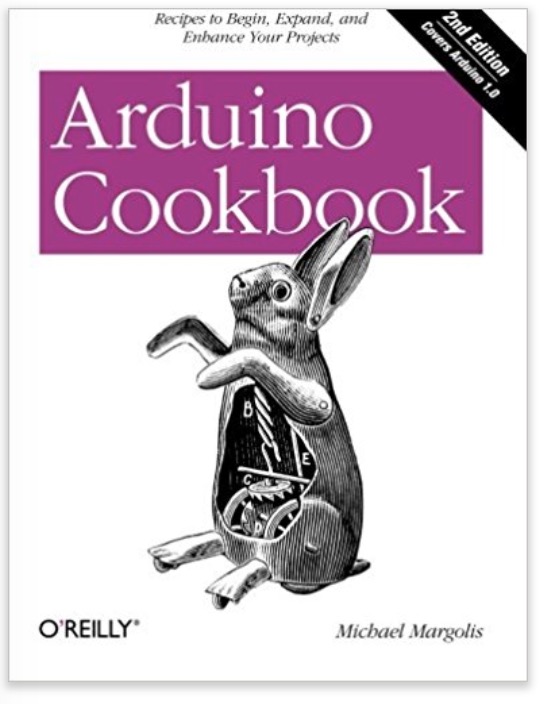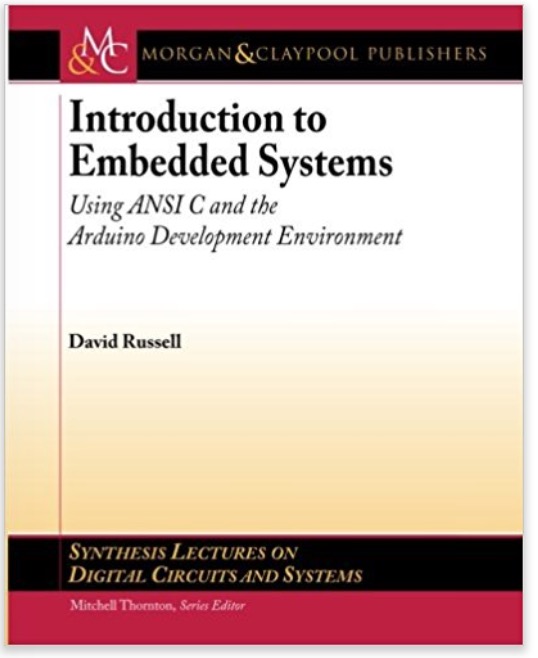Recent Posts
Hands-On Recipes To Quickly Build And Understand Arduino Projects And Their Development
Posted by on
 The single-chip computer board Arduino is small in size but vast in scope, capable of being used for electronic projects from robotics through to home automation. The most popular embedded platform in the world, Arduino users range from school children to industry experts, all incorporating it into their designs.
The single-chip computer board Arduino is small in size but vast in scope, capable of being used for electronic projects from robotics through to home automation. The most popular embedded platform in the world, Arduino users range from school children to industry experts, all incorporating it into their designs.
Arduino Development Cookbook comprises clear and step-by-step recipes that give you the toolbox of techniques to construct any Arduino project, from the simple to the advanced.
Each chapter gives you more essential building blocks for Arduino development, from learning about programming buttons through to operating motors, managing sensors, and controlling displays.
Throughout, you'll find tips and tricks to help you troubleshoot your development problems and push your Arduino project to the next level!
What You Will Learn
- Read data from sensors and take action based on the environment
- Use the Arduino to turn on lights, write to screens, or play light shows
- Manipulate motors and other actuators to control the movement of different objects
- Set up electronic circuits on a breadboard to interact with the Arduino
- Explore hacks to push your project to the next level
- Make your projects wireless and make them communicate with the computer
Want to create devices that interact with the physical world? This cookbook is perfect for anyone who wants to experiment with the popular Arduino microcontroller and programming environment.
You will find more than 200 tips and techniques for building a variety of objects and prototypes such as toys, detectors, robots, and interactive clothing that can sense and respond to touch, sound, position, heat, and light.
You don’t need to have mastered Arduino or programming to get started. Updated for the Arduino 1.0 release, the recipes in this second edition include practical examples and guidance to help you begin, expand, and enhance your projects right away—whether you’re an artist, designer, hobbyist, student, or engineer.
- Get up to speed on the Arduino board and essential software concepts quickly
- Learn basic techniques for reading digital and analog signals
- Use Arduino with a variety of popular input devices and sensors
- Drive visual displays, generate sound, and control several types of motors
- Interact with devices that use remote controls, including TVs and appliances
- Learn techniques for handling time delays and time measurement
- Apply advanced coding and memory handling techniques
Many electrical and computer engineering projects involve some kind of embedded system in which a microcontroller sits at the center as the primary source of control.
The recently-developed Arduino development platform includes an inexpensive hardware development board hosting an eight-bit ATMEL ATmega-family processor and a Java-based software-development environment. These features allow an embedded systems beginner the ability to focus their attention on learning how to write embedded software instead of wasting time overcoming the engineering CAD tools learning curve. The goal of this text is to introduce fundamental methods for creating embedded software in general, with a focus on ANSI C. The Arduino development platform provides a great means for accomplishing this task. As such, this work presents embedded software development using 100% ANSI C for the Arduino's ATmega328P processor.
We deviate from using the Arduino-specific Wiring libraries in an attempt to provide the most general embedded methods. In this way, the reader will acquire essential knowledge necessary for work on future projects involving other processors. Particular attention is paid to the notorious issue of using C pointers in order to gain direct access to microprocessor registers, which ultimately allow control over all peripheral interfacing.
Table of Contents: Introduction / ANSI C / Introduction to Arduino / Embedded Debugging / ATmega328P Architecture / General-Purpose Input/Output / Timer Ports / Analog Input Ports / Interrupt Processing / Serial Communications / Assembly Language / Non-volatile Memory
 Loading... Please wait...
Loading... Please wait...


